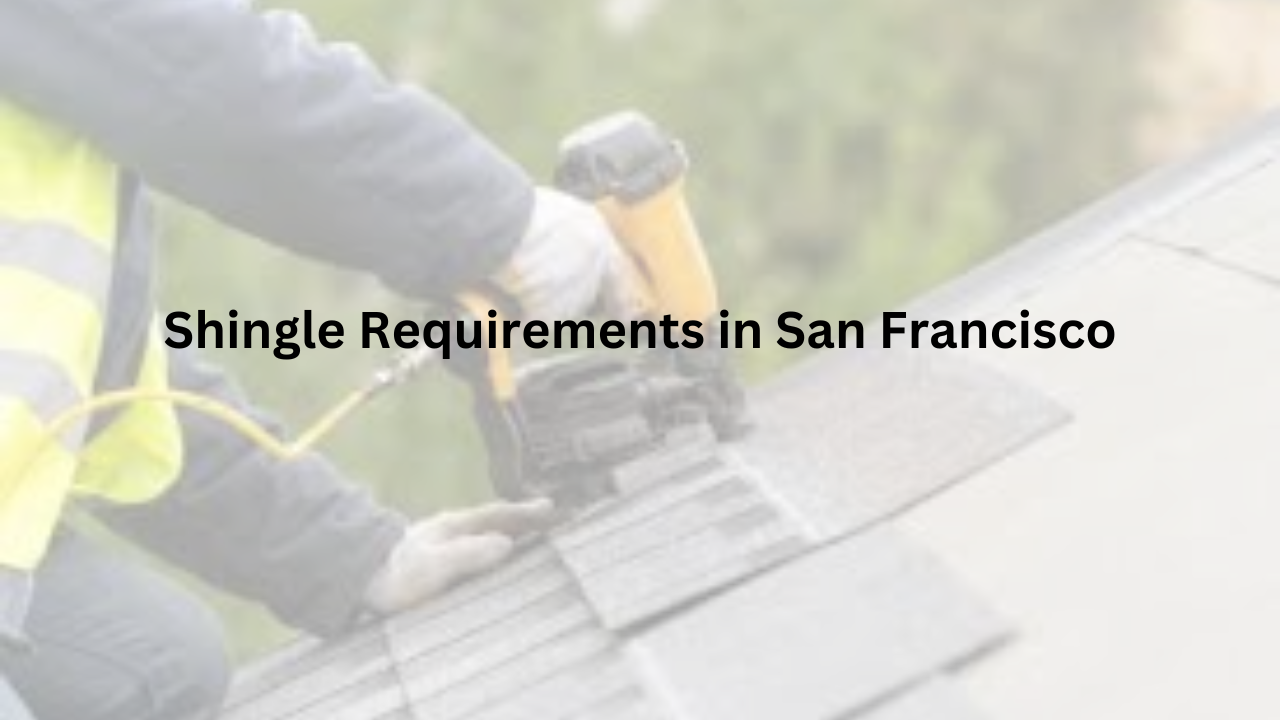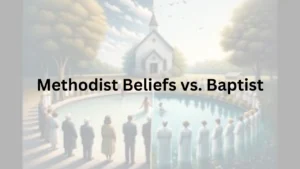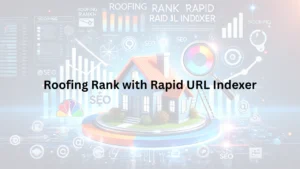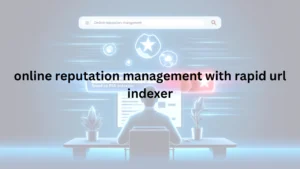Introduction
Shingles are flat, rectangular pieces used to cover roofs. They protect buildings from rain, wind, and sun. Shingles also make roofs look nice.
In San Francisco, it’s very important to follow local rules for roofing. These rules help keep buildings safe and strong. They also make sure roofs can handle the city’s weather. Following the rules can prevent problems like leaks or fires.
Why Follow Shingle Requirements in San Francisco?
- Safety: Using the right shingles can stop fires and leaks.
- Durability: Proper shingles last longer, even in San Francisco’s weather.
- Legal Compliance: Following the rules avoids fines and issues.
Key Shingle Requirements in San Francisco
- Fire Rating: Roofs must have at least a Class B fire rating. This means the shingles can resist moderate fire exposure.
- Permits: Before starting roofing work, you need a permit from the San Francisco Department of Building Inspection.
- Licensed Contractors: Hire contractors with the right state license and a valid San Francisco Business License.
- Slope Requirements: Shingles should be installed on roofs with a minimum slope of 3:12 (3 inches rise for every 12 inches horizontally). Berkeley Roof Services
Shingle Requirements in San Francisco
| Requirement | Description |
|---|---|
| Fire Rating | Minimum Class B fire-resistant shingles. |
| Permits | Obtain a roofing permit from the Department of Building Inspection. |
| Licensed Contractors | Use contractors with proper state and San Francisco licenses. |
| Slope Requirements | Install shingles on roofs with at least a 3:12 slope. |
Overview of San Francisco’s Climate and Its Impact on Roofing
San Francisco has cool, wet winters and dry summers. Fog and high humidity are common. This climate affects roofing choices.
How Climate Influences Roofing Material Choices
The city’s fog and humidity can damage roofs over time. Moisture may cause shingles to warp or grow mold. Choosing the right materials helps protect your home.
Here’s a simple table to guide your roofing choices:
| Roofing Material | Durability in Fog and Humidity | Maintenance Needs | Suitable for San Francisco? |
|---|---|---|---|
| Asphalt Shingles | Moderate | Regular checks | Yes |
| Metal Roofing | High | Low | Yes |
| Wood Shingles | Low | High | No |
Building Code Requirements for Shingles in San Francisco
In San Francisco, it’s important to follow specific rules for roof shingles to ensure safety and durability.
Prohibition of Untreated Wood Shingles and Shakes
The city does not allow untreated wood shingles and shakes on roofs. This rule helps prevent fire hazards and extends the life of your roof. According to San Francisco Building Code, Section 1507, untreated wood shingles and shakes are not permitted.
Approved Roofing Materials
To comply with shingle requirements in San Francisco, consider using the following materials:
| Roofing Material | Fire Resistance | Durability | Allowed in San Francisco? |
|---|---|---|---|
| Treated Wood Shingles | Moderate | Moderate | Yes |
| Asphalt Shingles | High | High | Yes |
| Metal Roofing | High | High | Yes |
| Untreated Wood Shingles | Low | Low | No |
Choosing the right roofing material is essential for meeting San Francisco’s building codes and ensuring the safety of your home.
Cool Roof Requirements in San Francisco
In San Francisco, it’s important to follow specific rules for cool roofs to meet energy efficiency standards.
Explanation of California’s Title 24 Energy Efficiency Standards
California’s Title 24 sets rules to make buildings use less energy. One rule is about cool roofs. Cool roofs reflect more sunlight and absorb less heat. This helps keep buildings cooler and reduces the need for air conditioning.
Specific Requirements for Cool Roofs in San Francisco
In San Francisco, cool roofs must meet certain standards. These include having a high Solar Reflectance (SR) and Thermal Emittance (TE). SR measures how well the roof reflects sunlight. TE measures how well it releases absorbed heat. The exact numbers can vary based on the type of building and roof.
Here’s a simple table to help understand these requirements:
| Roof Type | Minimum Solar Reflectance | Minimum Thermal Emittance |
|---|---|---|
| Low-Slope Roofs | 0.55 | 0.75 |
| Steep-Slope Roofs | 0.20 | 0.75 |
Choosing materials that meet these standards is important. It helps save energy and keeps your home comfortable. Always check the latest local codes before starting a roofing project.
Better Roofs Ordinance in San Francisco
San Francisco has a rule called the Better Roofs Ordinance. This rule makes new buildings more eco-friendly. It started on January 1, 2017.
Requirements for New Buildings
New buildings must use their roofs in helpful ways. They can do this by adding solar panels or living roofs (green roofs). This helps save energy and makes the city greener.
Here’s a simple table showing the requirements:
| Roof Feature | Minimum Roof Area Coverage |
|---|---|
| Solar Panels | 15% |
| Living Roof (Green Roof) | 30% |
| Combination | Varies |
This means at least 15% of the roof should have solar panels. Or, at least 30% can be a living roof. You can also mix both to meet the rules.
Better Roofs Ordinance in San Francisco
San Francisco has a rule called the Better Roofs Ordinance. This rule helps make buildings more eco-friendly. It requires new buildings to use their roofs for good purposes.
Overview of San Francisco’s Better Roofs Ordinance
The Better Roofs Ordinance says that new buildings must use part of their roof space for solar panels or living roofs. This helps save energy and makes the city greener. The rule applies to:
- Non-residential buildings with a floor area of 2,000 square feet or more.
- Residential buildings of any size.
- Buildings with 10 or fewer occupied floors.
These buildings must follow the ordinance when applying for permits.
Requirements for Incorporating Solar Panels or Living Roofs in New Constructions
The ordinance gives two main options for new buildings:
- Solar Panels: Install solar panels on at least 15% of the roof area. This helps produce clean energy.
- Living Roofs: Create a living (green) roof on at least 30% of the roof area. Living roofs have plants that provide insulation and absorb rainwater.
Builders can also combine both options. For example, they can have some solar panels and some living roof areas to meet the requirements.
Here’s a simple table to show the requirements:
| Roof Feature | Minimum Roof Area Required |
|---|---|
| Solar Panels | 15% |
| Living Roof | 30% |
Fire Safety Regulations for Roofing in San Francisco
In San Francisco, following fire safety rules during roofing is very important. This ensures the safety of workers and buildings.
Requirements for Roofing Contractors Regarding Fire Safety
Roofing contractors must follow specific fire safety practices:
- Hot Work Permit: Contractors need a special permit for tasks like using torches or asphalt kettles.
- Fire Safety Training: Workers must read and understand the Fire Safety Rules and Practices for Roofing Operations. Contractors should keep records showing that workers have reviewed these rules every three months.
Importance of Hiring a Fire Watch During Certain Roofing Activities
When doing hot work, it’s important to have a fire watch:
- Role of Fire Watch: A fire watch is a person who watches for fires during and after hot work. They must have a way to call the fire department and have a fire extinguisher ready.
- Duration: The fire watch should stay on-site during the work and for at least one hour after the work is done to ensure no fires start.
Here’s a simple table summarizing these requirements:
| Requirement | Details |
|---|---|
| Hot Work Permit | Needed for tasks involving open flames or heat sources. |
| Fire Safety Training | Workers must review safety rules every three months. |
| Fire Watch Presence | Required during hot work and for at least one hour after completion. |
| Emergency Preparedness | Fire watch must have a reliable way to contact the fire department and a fire extinguisher. |
Environmental Considerations in Roofing Choices
Choosing the right roofing materials in San Francisco is important for the environment. This aligns with the city’s Better Roofs Ordinance, which encourages eco-friendly building practices.
Benefits of Using Sustainable and Energy-Efficient Roofing Materials
Using sustainable and energy-efficient roofing materials offers several advantages:
- Energy Savings: Materials like cool roofs reflect more sunlight and absorb less heat. This keeps buildings cooler and reduces the need for air conditioning, leading to lower energy bills.
- Environmental Impact: By reducing energy consumption, these materials decrease greenhouse gas emissions, contributing to a healthier planet.
- Durability: Sustainable materials often have longer lifespans, reducing the frequency of replacements and the associated environmental costs.
Impact of Roofing Choices on Urban Heat Islands and Energy Consumption
Roofing choices significantly affect urban heat islands and energy use:
- Urban Heat Island Effect: Dark roofs absorb heat, raising temperatures in cities. Cool roofs, which are lighter in color, reflect sunlight and help lower these temperatures.
- Energy Consumption: Reflective roofs reduce the need for air conditioning by keeping buildings cooler. This leads to lower energy use and cost savings.
Here’s a simple table summarizing the benefits of different roofing materials:
| Roofing Material | Energy Efficiency | Impact on Urban Heat Island | Durability |
|---|---|---|---|
| Cool Roofs | High | Reduces effect | High |
| Traditional Dark Roofs | Low | Increases effect | Moderate |
| Green Roofs | Moderate | Reduces effect | High |
Selecting sustainable and energy-efficient roofing materials not only complies with shingle requirements in San Francisco but also promotes a healthier environment and reduces energy costs.
Permit Requirements for Roofing Projects in San Francisco
Understanding when a permit is needed for roofing work in San Francisco is essential to comply with local regulations.
When Is a Permit Required for Roofing Work?
In San Francisco, a permit is generally required for most roofing projects. However, there are specific instances where a permit may not be necessary:
- Minor Reroofing: If you’re replacing or repairing less than 25% of the total roof area within a 12-month period without altering the roof’s structural components, a permit is not required.
- Small Residential Rooftop Solar Energy Systems: Installing a small solar energy system on a building that is not a designated landmark may not require a building permit, though other permits might be necessary.
For all other roofing projects, especially those involving structural changes or significant alterations, obtaining a permit is mandatory.
Steps to Obtain the Necessary Permits
To secure a roofing permit in San Francisco, follow these steps:
- Determine Permit Requirements: Assess whether your project requires a permit by consulting the San Francisco Planning Department’s guidelines.
- Prepare Your Application: Complete the necessary building permit application forms, detailing the scope of work, materials to be used, and compliance with local building codes.
- Submit Plans for Review: Provide detailed plans, including floor plans, elevations, and plot plans, to the San Francisco Department of Building Inspection (DBI) for review.
- Pay Applicable Fees: Pay the required permit fees, which vary based on the project’s scope and valuation.
- Obtain Permit Approval: Once your application and plans are reviewed and approved, you will receive the necessary permits to commence work.
- Schedule Inspections: During and after the roofing project, schedule inspections with the DBI to ensure compliance with building codes and safety standards.
Here’s a simple table summarizing the permit requirements for roofing projects:
| Roofing Project Type | Permit Required? |
|---|---|
| Minor Reroofing (<25% of roof area) | No |
| Major Reroofing (>25% of roof area) | Yes |
| Structural Changes to Roof | Yes |
| Installing Small Residential Solar Energy Systems | Possibly |
Recommended Shingle Materials for San Francisco
Selecting the right roofing materials is crucial for homeowners in San Francisco. The city’s unique climate and building regulations, including the Better Roofs Ordinance, influence the choice of suitable shingle materials.
Suitable Shingle Materials Complying with Local Regulations
In San Francisco, the Better Roofs Ordinance requires new buildings to incorporate solar panels or living roofs, covering 15% to 30% of the roof area.This ordinance aims to enhance energy efficiency and environmental sustainability.
When selecting shingle materials, it’s essential to consider their compatibility with these requirements. While traditional asphalt shingles are commonly used, they may not fully meet the energy efficiency standards set by the ordinance. Therefore, homeowners should explore alternative materials that align with both the ordinance and their aesthetic preferences.
Conclusion: Understanding Shingle Requirements in San Francisco
In San Francisco, the Better Roofs Ordinance mandates that new buildings incorporate solar panels or living roofs, covering 15% to 30% of the roof area.
Key Points Recap:
- Shingle Requirements in San Francisco: The ordinance requires new buildings to have 15% of the roof space as solar panels or 30% as a living (green) roof.
- Importance of Compliance: Adhering to these requirements ensures energy efficiency, environmental sustainability, and compliance with local building codes.
- Consulting Local Professionals: Engaging with local roofing experts can provide guidance tailored to your specific project needs, ensuring compliance and optimal material selection.



